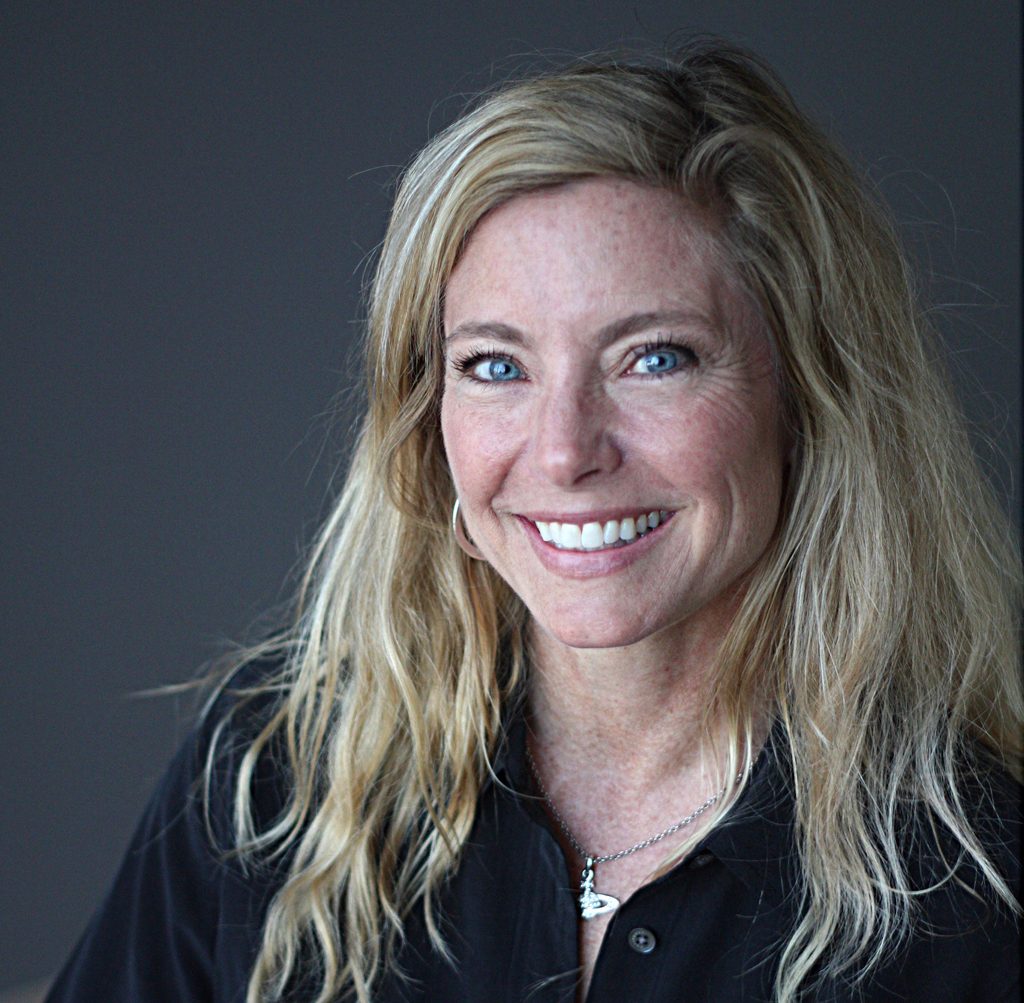
Amanda Hendrix, Principal Investigator
Planetary Science Institute

Faith Vilas, Deputy Principal Investigator
Planetary Science Institute
Assists in TREX task management; expertise in lunar and asteroid spectroscopy, ground-based observing
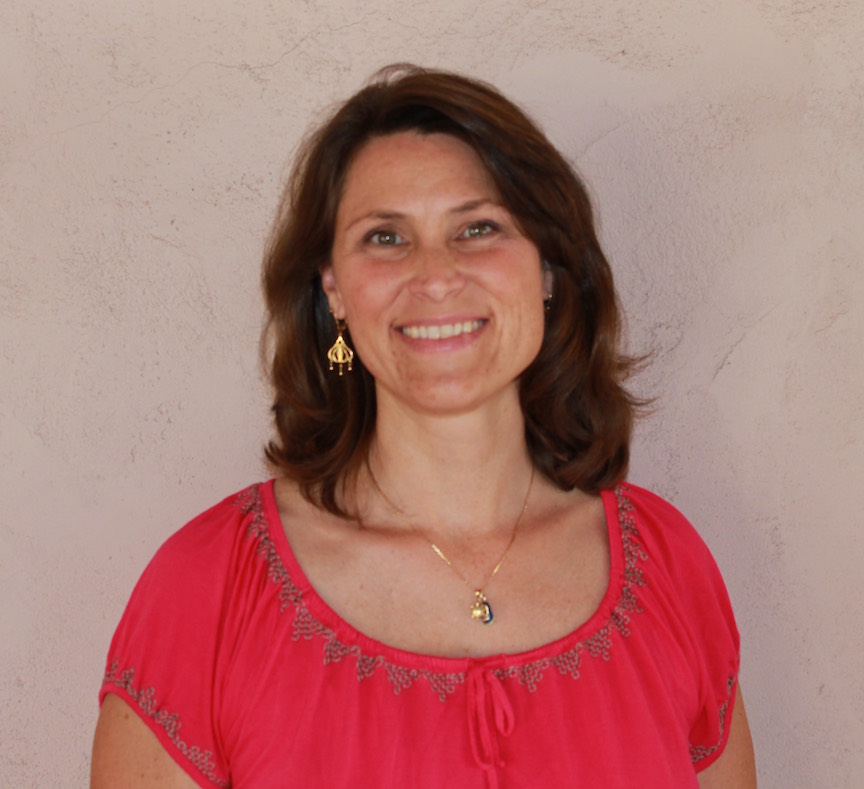
Melissa Lane, Theme 1 Lead
Fibernetics, LLC
Coordinates all TREX lab measurements; organizes distribution and archiving of data

Maria Banks, Theme 2 Lead
NASA Goddard Space Flight Cente
Leads TREX tasks that integrate laboratory data and lunar remote sensing spacecraft data
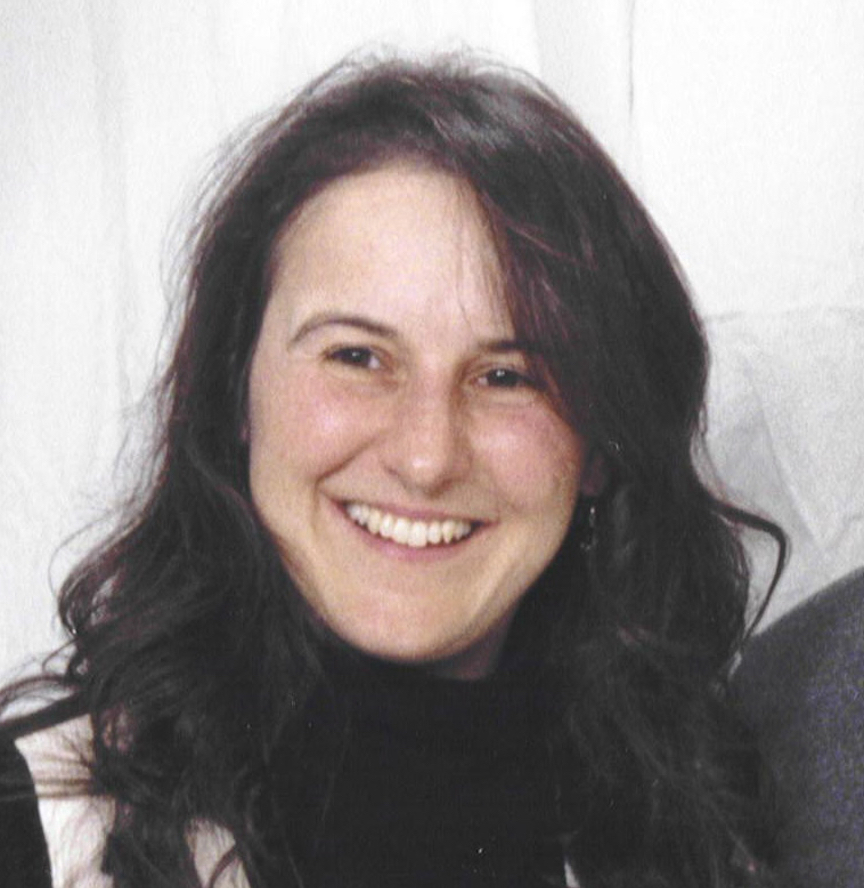
Deborah Domingue, Theme 3 Lead
Planetary Science Institute
Provides spectrophotometric analysis of spacecraft observations of asteroids as informed by TREX laboratory measurements
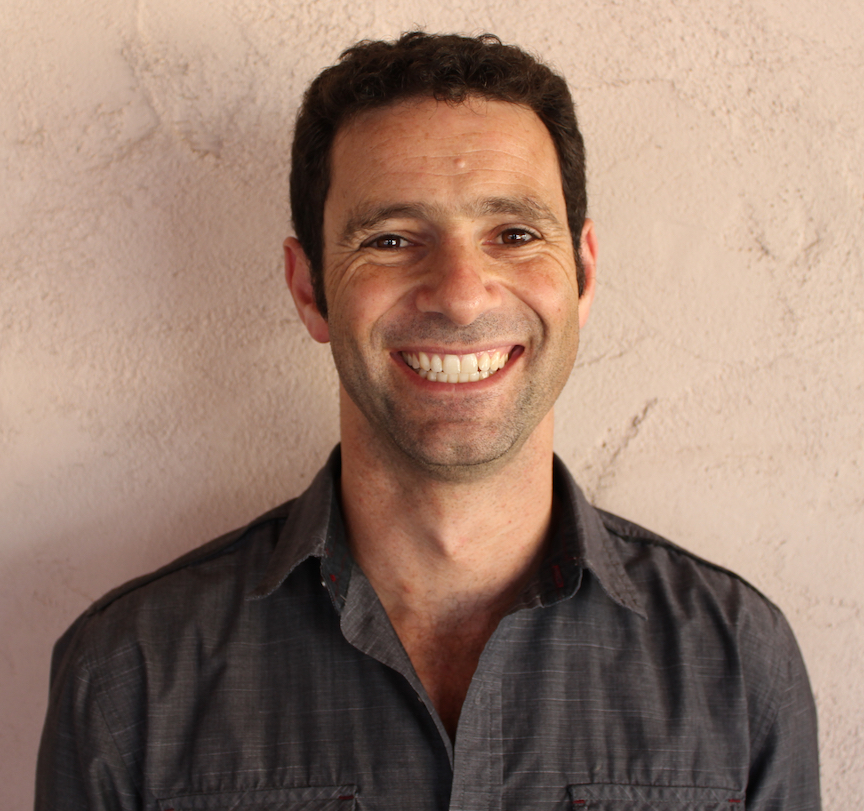
Eldar Noe Dobrea, Theme 4 Lead
Planetary Science Institute
Develops and validates algorithms for analysis and classification of spectral measurements, algorithms for sample identification and selection, and methods to enable remote exploration; leads field component and robot testing in the field
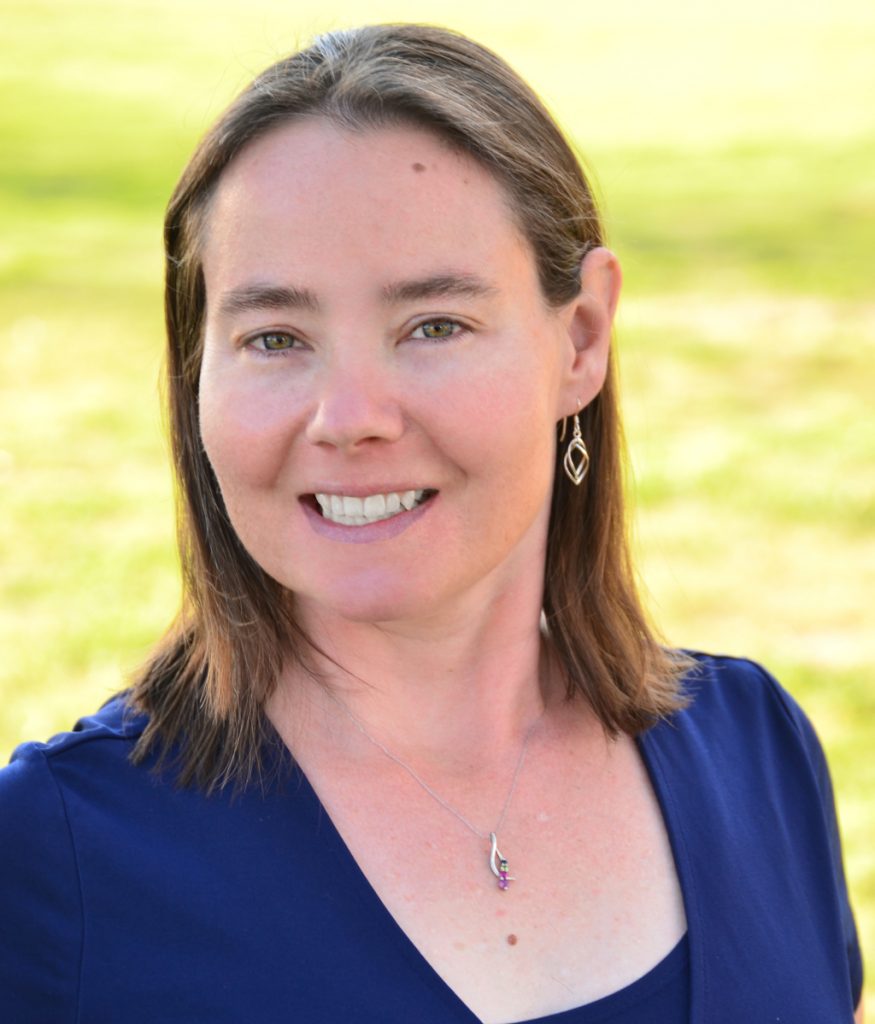
Sanlyn Buxner, CS/PE Lead
Planetary Science Institute
Coordinates and manage TREX public outreach activities
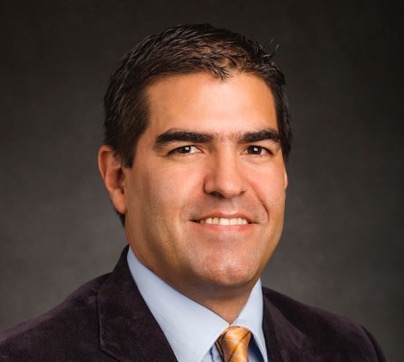
Jean-Paul Allain, Theme 3 Co-Investigator
Pennsylvania State Univ.
Leads efforts in in situ in vacuo synergistic He+ and H+ irradiation of loose regolith powder, simultaneous characterization of surface chemistry, mass spectrometry and reflectance
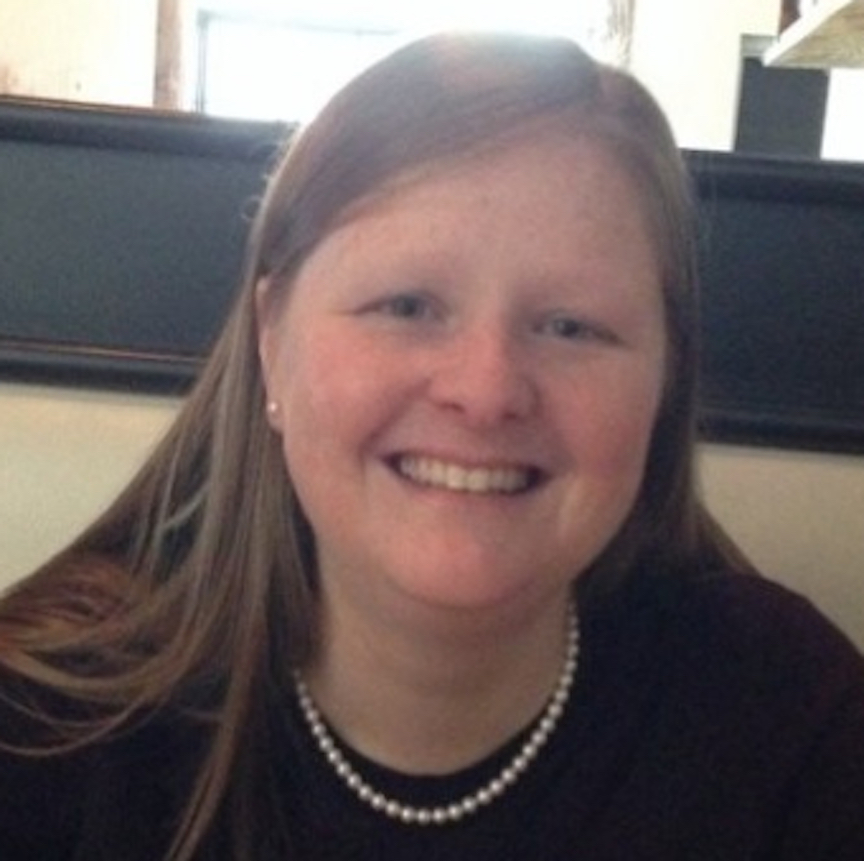
Amy Barr-Mlinar, Theme 2 Co-Investigator
Planetary Science Institute
Performs simulations of global impact-induced mixing of subsurface materials to understand the origin of minerals on the surface of the Moon that are thought to arise from depth
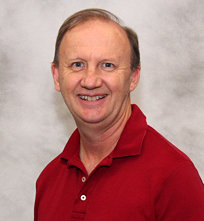
Roy Christoffersen, Theme 3 Collaborator
NASA Johnson Space Center
Participates in impact simulations in asteroid regolith simulants at JSC
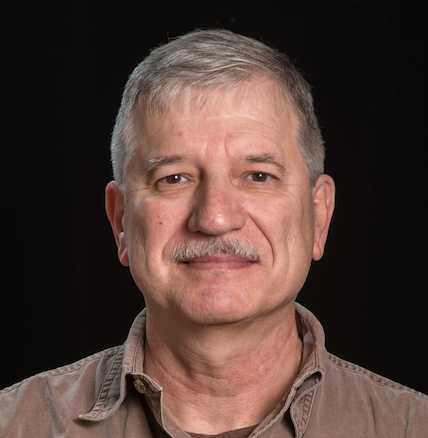
Mark Cintala, Theme 3 Collaborator
NASA Johnson Space Center
Participates in impact simulations in asteroid regolith simulants at JSC
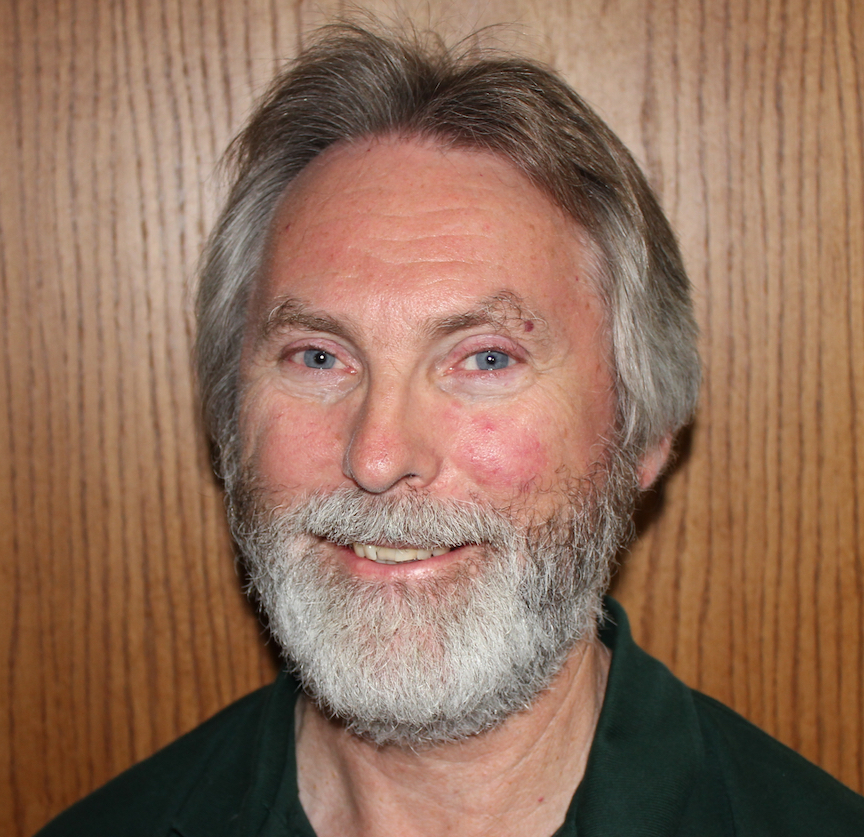
Roger Clark, Themes 1 through 4 Co-Investigator
Planetary Science Institute
Assesses results of TREX lab spectroscopic studies and develop expert system rules for Tetracorder, deriving compositional and grain size products
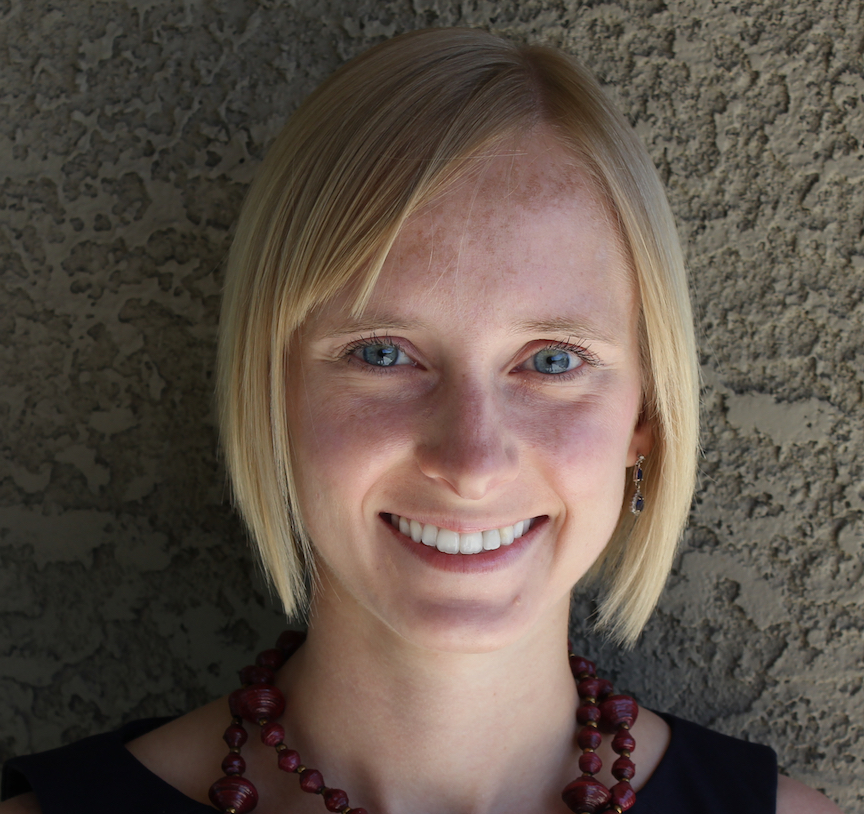
Ryan Clegg-Watkins, Themes 2 and 4 Co-Investigator
Planetary Science Institute
Performs comparisons between TREX lab data, M3 spectral data, and LROC photometric data of the Moon to understand compositional variations at lunar study areas

Ed Cloutis, Theme 1 Co-investigator
Univ. Winnipeg
Conducts UV-IR spectral reflectance measurements on samples

Darby Dyar, Theme 1 Co-Investigator
Planetary Science Institute & Mount Holyoke College
Obtains, handpicks, crushes, and sieves mineral separates and mineral mixtures for use in TREX lab experiments; oversees acquisition of Raman and Mössbauer data; coordinates distribution of samples to the various TREX laboratories; responsible for storage, inventory, and distribution of lunar samples.
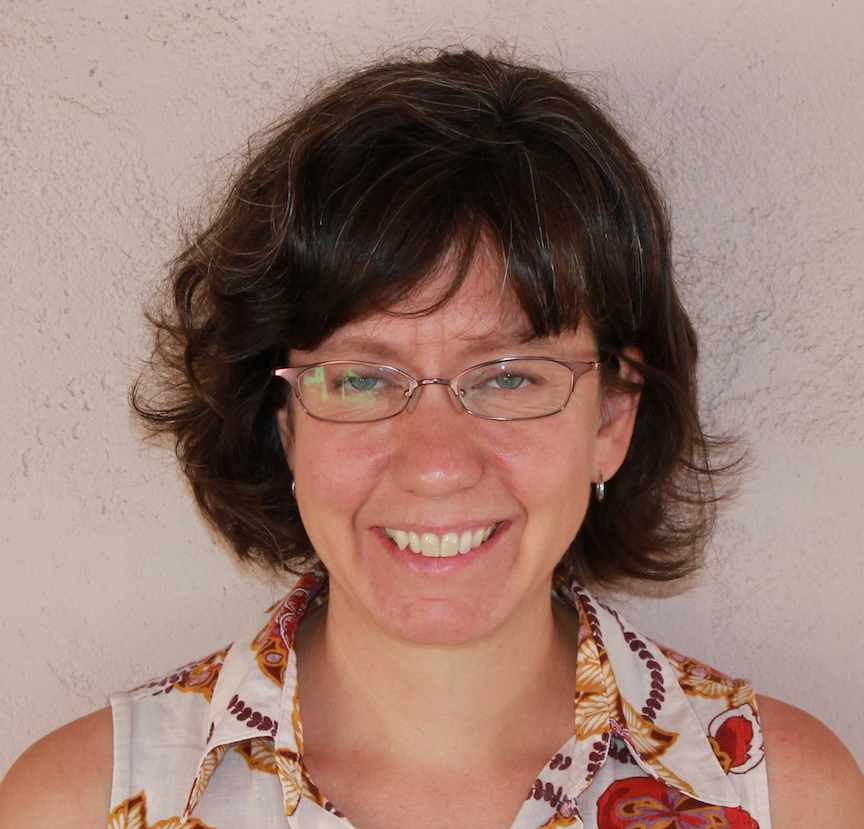
Rebecca Ghent, Theme 2 Co-Investigator
Planetary Science Institute
Leads efforts to interpret lunar thermal inertia and radar measurements in terms of grain size; leads efforts to produce grain size maps
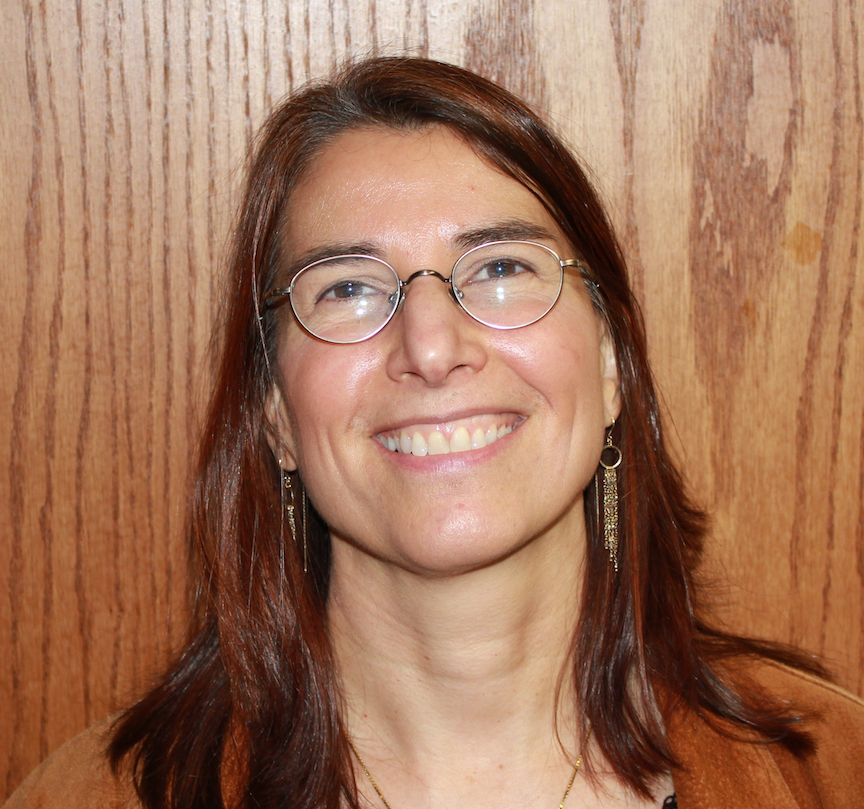
Amara Graps, Theme 3 Co-Investigator
Planetary Science Institute
Responsible for deliverables for the TREX asteroid database
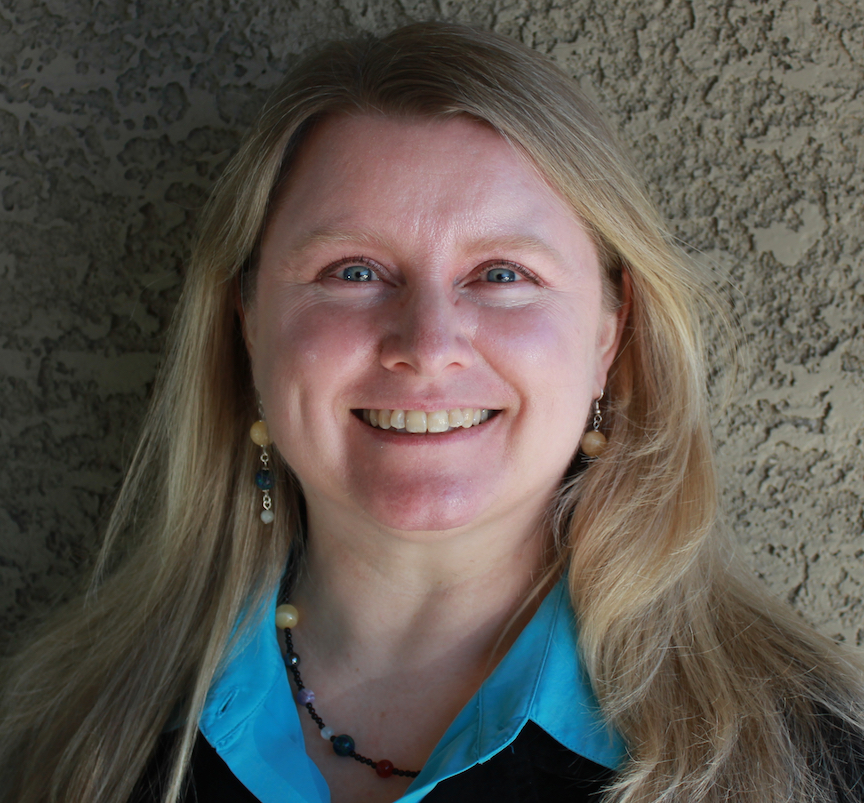
JA Grier, Theme 2 Co-Investigator
Planetary Science Institute
Leads and coordinates investigations associated with Optical Maturity (OMAT) of crater ejecta and the upper lunar regolith; assists with comparison of OMAT maps to maps of lunar grain size

Joern Helbert, Theme 1 Co-Investigator
DLR, Berlin
Assists with laboratory bi-directional reflection spectroscopy measurements at UV-NIR wavelengths; assists with studies on the temperature dependence of emissivity in the near- and mid-infrared
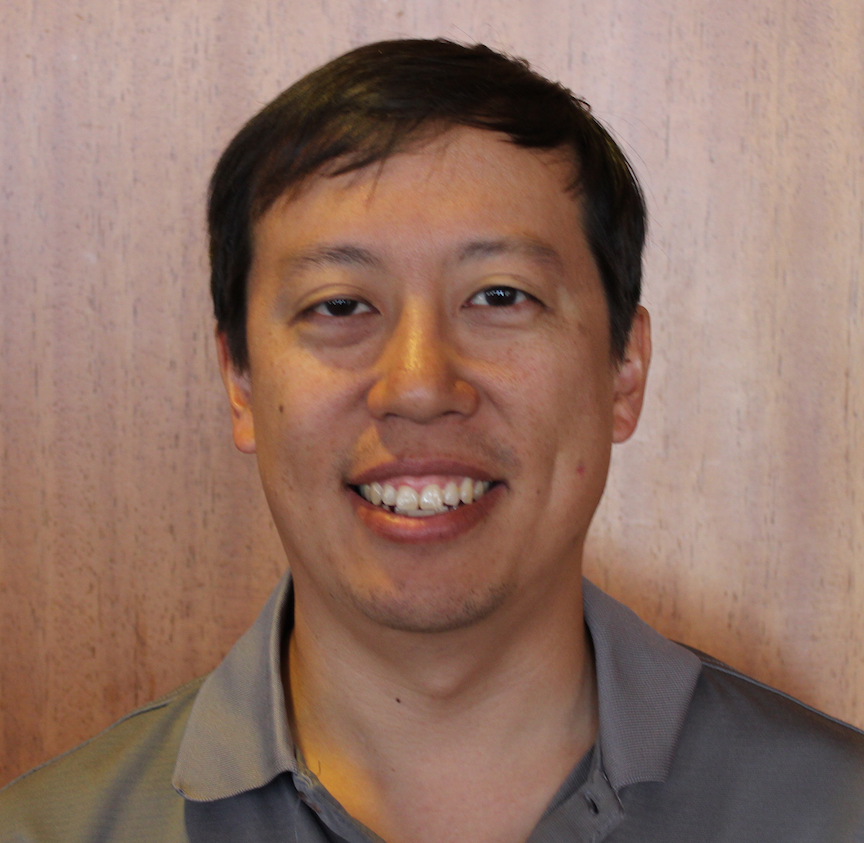
Henry Hsieh, Theme 3 Co-Investigator
Planetary Science Institute
Performs dynamical integrations simulating the evolution of asteroids originating in the main asteroid belt and ending in near-Earth space
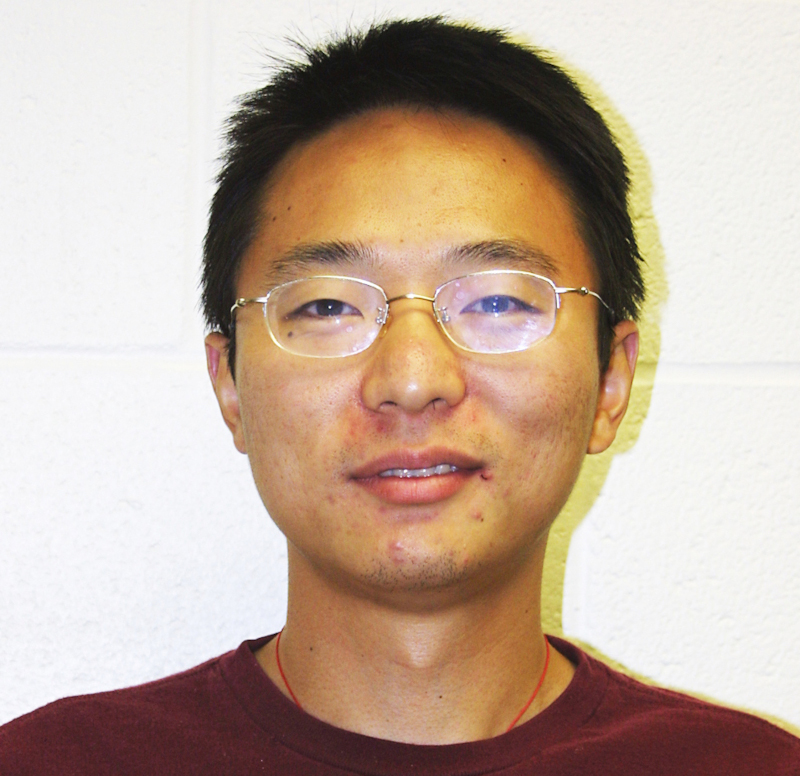
Jian-Yang Li, Theme 3 Co-Investigator
Planetary Science Institute
Performs photometric modeling and analysis of lab measurements of the spectrophotometric properties of planetary surface analogue materials in the context of NEOs and other groups of small bodies
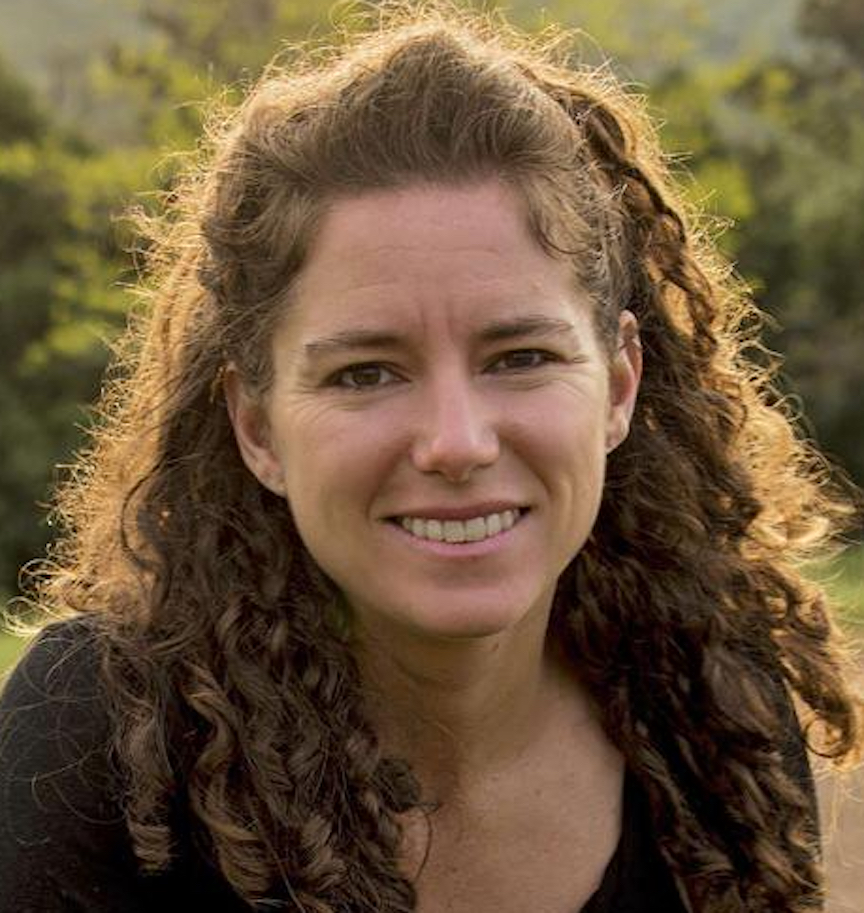
Mikki Osterloo, Themes 1 and 4 Co-Investigator
Univ. Colorado, Laboratory for Atmospheric and Space Physics (LASP)
Assists with the establishment of the LASP UV-VIS reflectance measurement laboratory; assist with field measurements using the UV-VIS field spectrometer
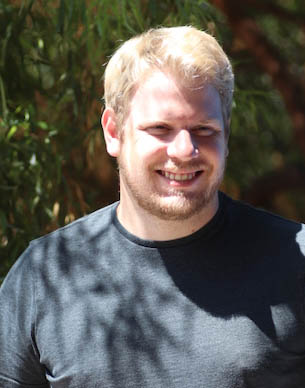
Neil Pearson, PSI Lab Manager
Planetary Science Institute
Responsible for making UV-NIR reflectance measurements of TREX samples in the PSI lab.
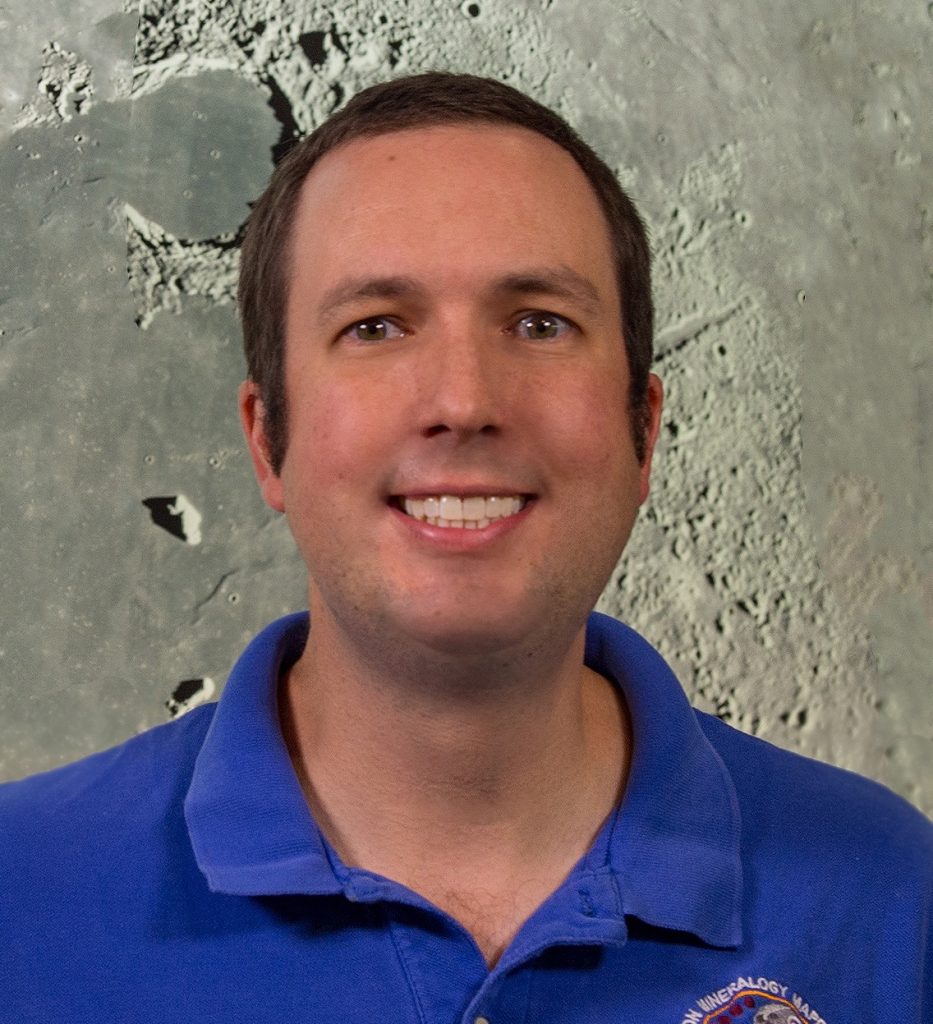
Noah Petra, Theme 2 Co-Investigator
NASA Goddard Spaceflight Center
Performs analysis on localized compositional anomalies using NIR datasets (Moon Mineralogy Mapper) and GRS data from Lunar Prospector
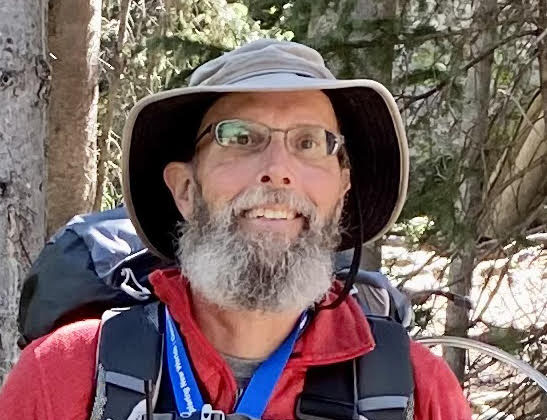
Tom Prettyman, Themes 2 through 4 Co-Investigator
Planetary Science Institute
Uses data from the Lunar Prospector Gamma Ray and Neutron Spectrometers to determine concentrations of specific elements and/or mixing fractions of petrologic/mineral end members for investigations of thorium anomalies; acquires and analyze gamma-ray and/or neutron spectroscopy data during fieldoperations to test decision-making algorithms

Lynnae Quick, Theme 2 Co-Investigator
NASA Goddard Space Flight Center
Uses the lunar volatile map in conjunction with LRO data to investigate possible links between volcanism and enhanced volatile signatures on the moon; uses analytical models to constrain the depths to volatiles in the lunar subsurface for ISRU exploitation

Ed Rivera-Valentin, Theme 2 Co-Investigator
Lunar and Planetary Institute
Codes and performs simulations of global impact-induced mixing of subsurface materials to understand the origin of minerals on the surface of the Moon that are thought to arise from depth (e.g., olivine); compares outcomes of impact-induced mixing simulations to distributions of minerals on the lunar surface to constrain the depth to the source region of minerals

Daniel Wolf Savin, Theme 3 Co-Investigator
Columbia Univ.
Performs and analyzes laboratory simulations of solar wind ion irradiation of regolith-like loose powders as relates to the surfaces of small bodies
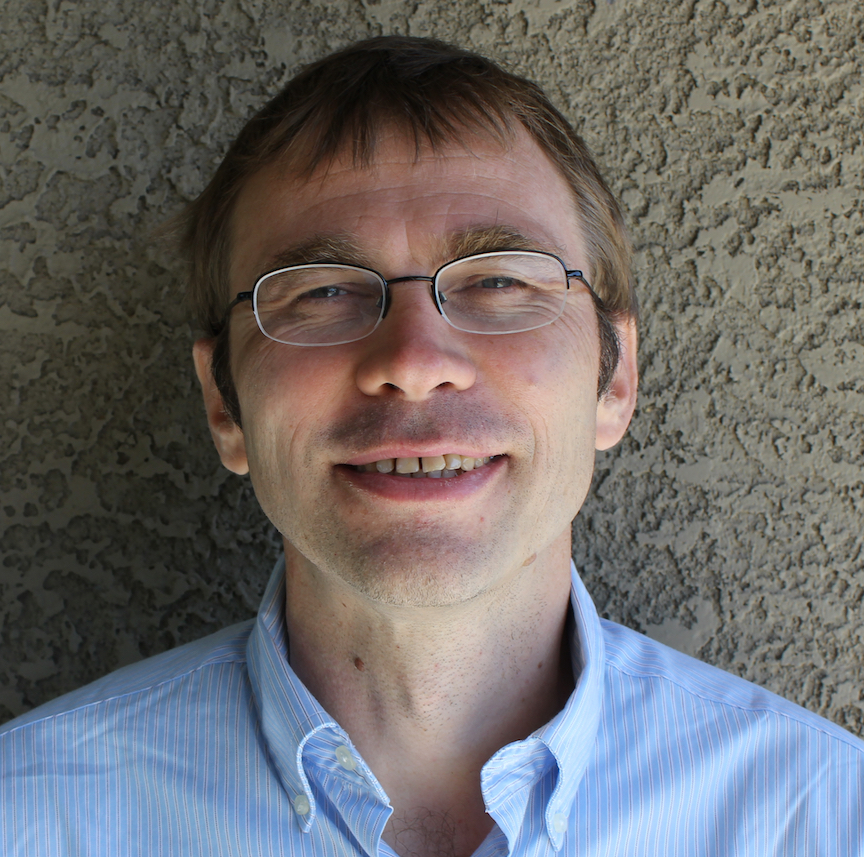
Norbert Schorghofer, Themes 2 and 3 Co-Investigator
Planetary Science Institute
Develops model of asteroid desiccation for Theme 3; carries out model calculations for lunar ISRU
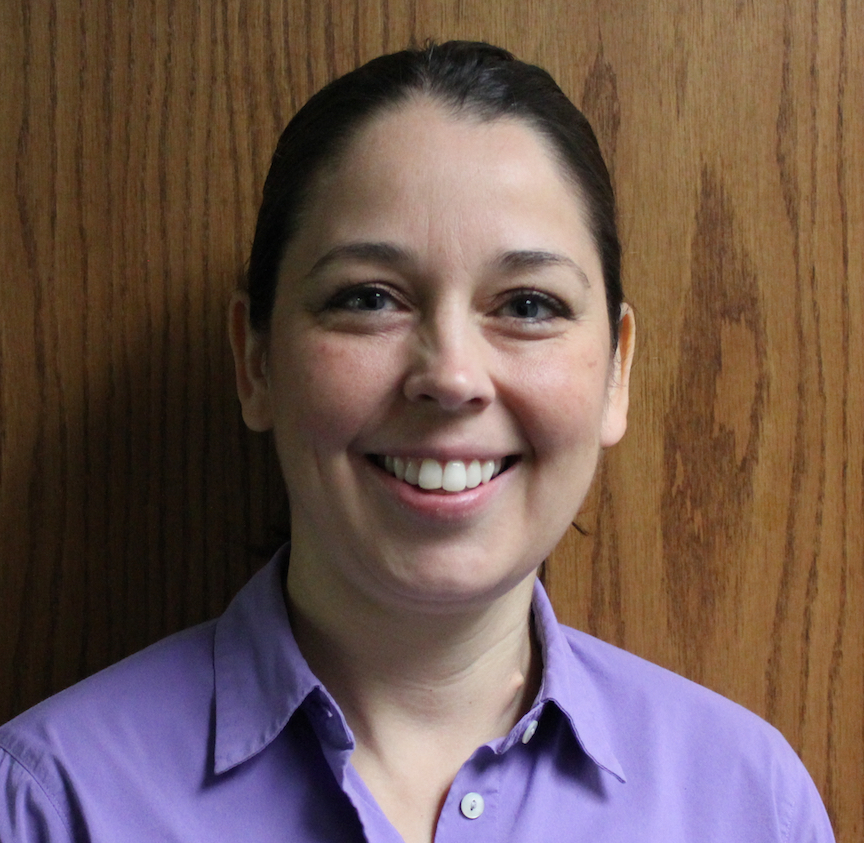
Karen Stockstill Cahill, Theme 3 Co-Investigator
Applied Physics Laboratory, Johns Hopkins Univ.
Utilizes meteorite spectra from this study to refine radiative transfer model of Hapke used to predict the bidirectional reflectance spectra of airless planetary bodies and use the model with existing small body spectra to guide meteorite studies

David Wettergreen, Theme 4 Co-Investigator
Carnegie Mellon Univ.
Develops and validates algorithms for analysis and classification of spectral measurements, algorithms for sample identification and selection, and methods to enable remote exploration combining on-board autonomy software and planetary scientists
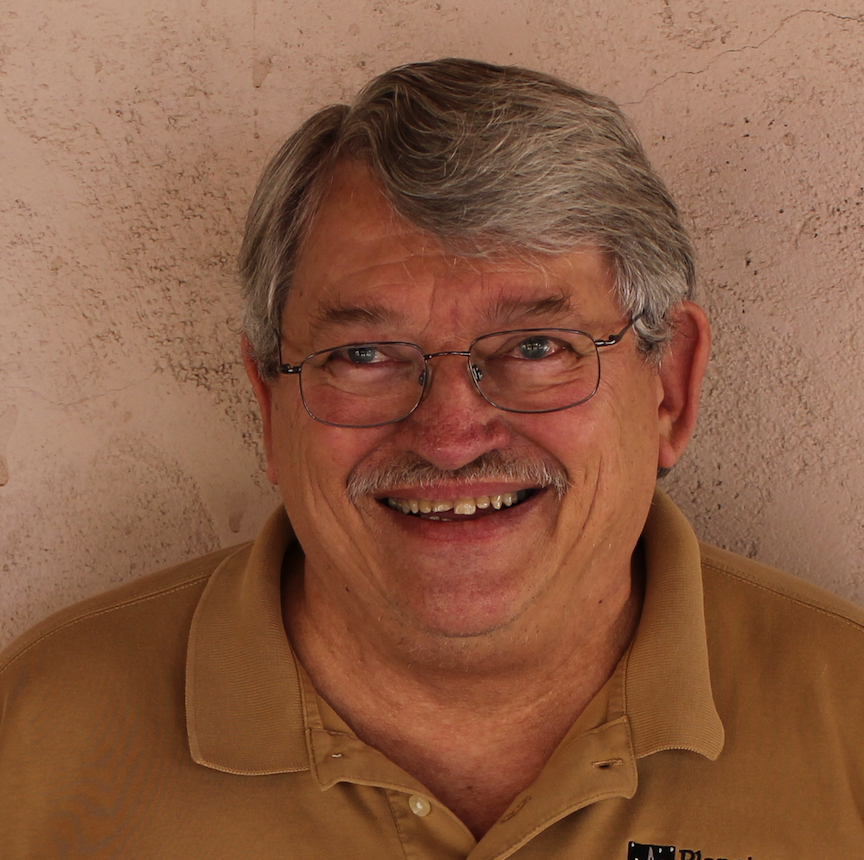
Charles Wood, Theme 2 Co-Investigator
Planetary Science Institute
Performs comparisons between grain size lunar maps and OMAT maps with lunar volcanic, cryptomare, swirls, pyroclastics, SPA and crater rays/nimbus to discover new anomalous features, to improve interpretation of their formation and modification, and to refine age estimates as craters evolve from immature to maturity

Shawn Wright, Theme 4 Co-Investigator
Planetary Science Institute
Performs fieldwork and sample collection at two field sites in conjunction with Tetracorder results and spectral analyses
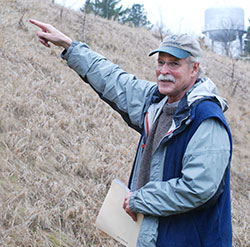
David Gaylord, Theme 4 Collaborator

Mark Sweeny, Theme 4 Collaborator
